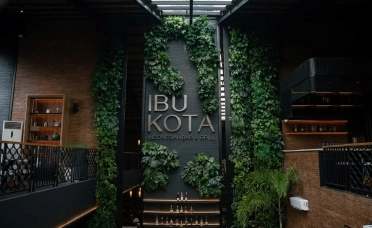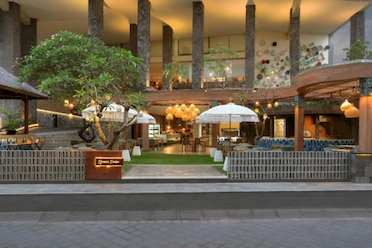If you’ve ever stayed at a luxury resort in Bali, chances are Balinese Massage was on the spa menu. But have you ever wondered why this treatment has become so significant in the world of wellness? What began as a sacred local tradition has grown into one of the most iconic therapies offered not only in Bali, but across luxury resorts and spas worldwide. Its enduring appeal lies in its fascinating blend of history, culture, and healing power.
Read on to uncover how Balinese Massage evolved from sacred ritual to a world-famous wellness treatment!
Ancient Roots of Healing
The story of Balinese Massage stretches back over a thousand years. Around the 8th to 9th centuries, Hindu and Buddhist influences arrived in the Indonesian archipelago, carried by traders and priests from India. Alongside religious philosophy came Ayurvedic principles of healing through touch, oils, and energy flow. By the 10th century, Chinese merchants also brought with them acupressure and reflexology practices, which were gradually absorbed into local healing traditions.
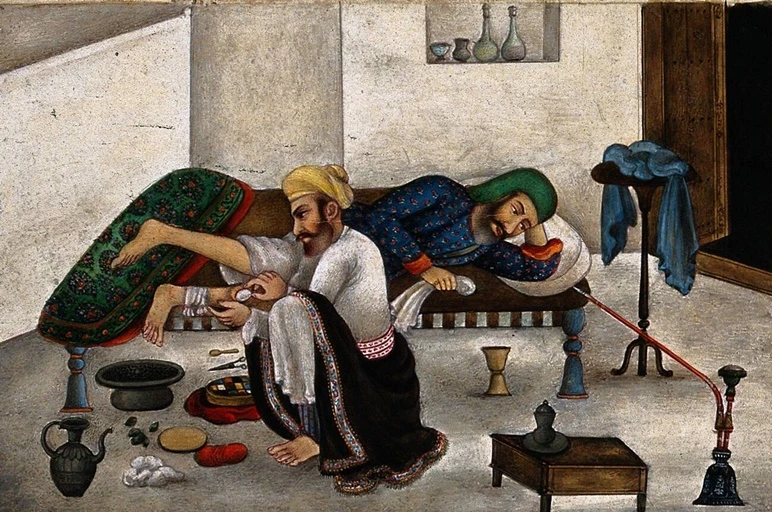
In Bali, these outside influences intertwined with indigenous animist rituals. The result was a holistic healing practice rooted in both the physical and the spiritual, designed to restore harmony between body, mind, and soul. Village healers, known as balian, preserved and passed down this knowledge, using massage not only for relaxation but also for preparation before ceremonies, postnatal recovery, and community well-being.
A Fusion of Techniques
Balinese Massage is often described as a fusion therapy – and for good reason. From Ayurveda, it inherited the use of aromatic oils and a focus on energy balance. From China, it integrated pressure-point stimulation and meridian theory. From neighboring Southeast Asia, particularly Thailand, it borrowed gentle stretches and rhythmic movements.

The techniques include long flowing strokes, kneading, skin rolling, percussion, and acupressure, often enhanced with tropical oils such as coconut, jasmine, or the locally cherished frangipani. This combination was designed not only to ease muscle tension, but also to stimulate circulation, boost energy flow, and create an overall sense of harmony.
The Ritual and Atmosphere
Equally important to the massage is the setting. Traditional Balinese philosophy emphasizes sekala niskala – the seen and unseen – where balance in the environment affects inner balance. This philosophy is reflected in the serene atmosphere of Balinese spa rituals: soothing gamelan music, fragrant flowers, and natural surroundings that calm both body and spirit.
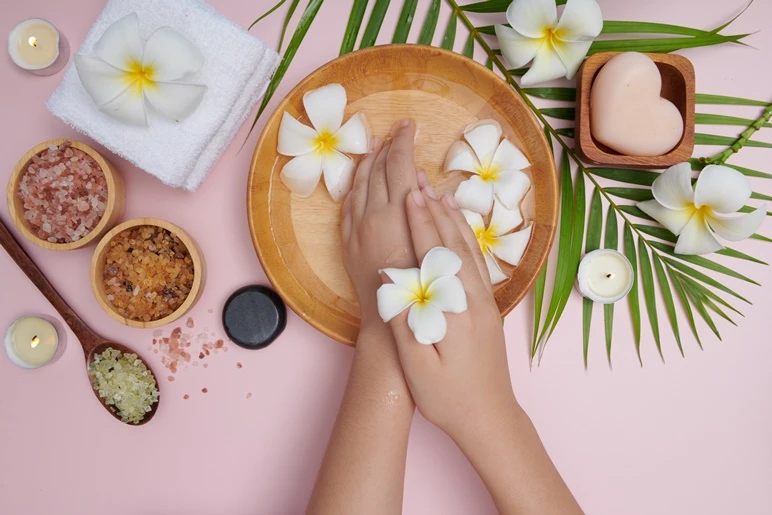
The massage, therefore, is not merely a physical therapy but a holistic ritual that engages all senses, creating a profound relaxation experience.
From Tradition to Global Recognition
The wider world first learned of Balinese healing methods in the early 20th century, when Dutch physicians and anthropologists documented them in the 1930s. As Bali began attracting international travelers in the mid-20th century, massage quickly became one of the island’s cultural highlights. By the 1970s and 1980s, as Bali established itself as a premier tourism destination, resorts began integrating Balinese Massage into their wellness offerings.
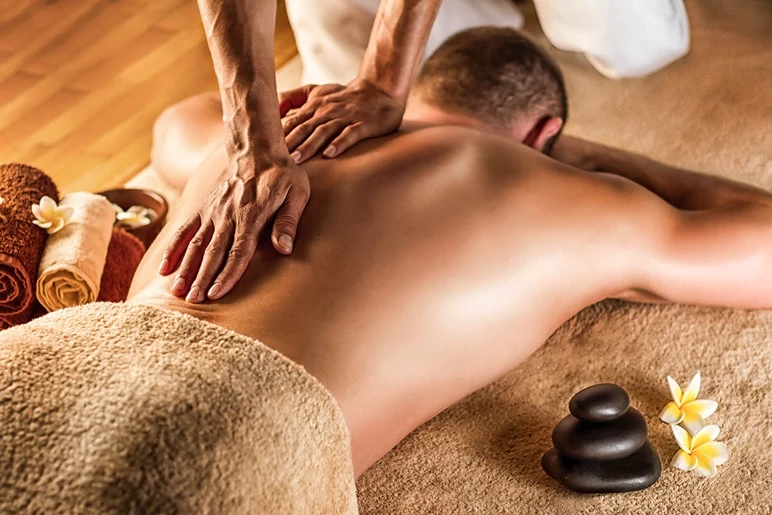
Today, Balinese Massage is regarded as a cornerstone treatment in luxury spas worldwide. From cliffside resorts in Uluwatu to wellness sanctuaries in Europe and the Americas, it has become synonymous with tropical indulgence and holistic rejuvenation.
Everlasting Appeal
Balinese Massage continues to captivate because it serves multiple purposes at once: it relaxes tense muscles, improves blood flow, encourages deeper sleep, reduces stress, and uplifts the spirit. For wellness travelers, it offers both therapeutic benefits and a cultural connection to Bali’s heritage of healing.

From its beginnings over a millennium ago, shaped by Hindu, Buddhist, Chinese, and local Balinese influences, to its present role as a luxury spa essential, Balinese Massage tells a story of cultural fusion and enduring wisdom. It remains a living tradition that continues to embody the harmony of body, mind, and spirit for which Bali is so well known.



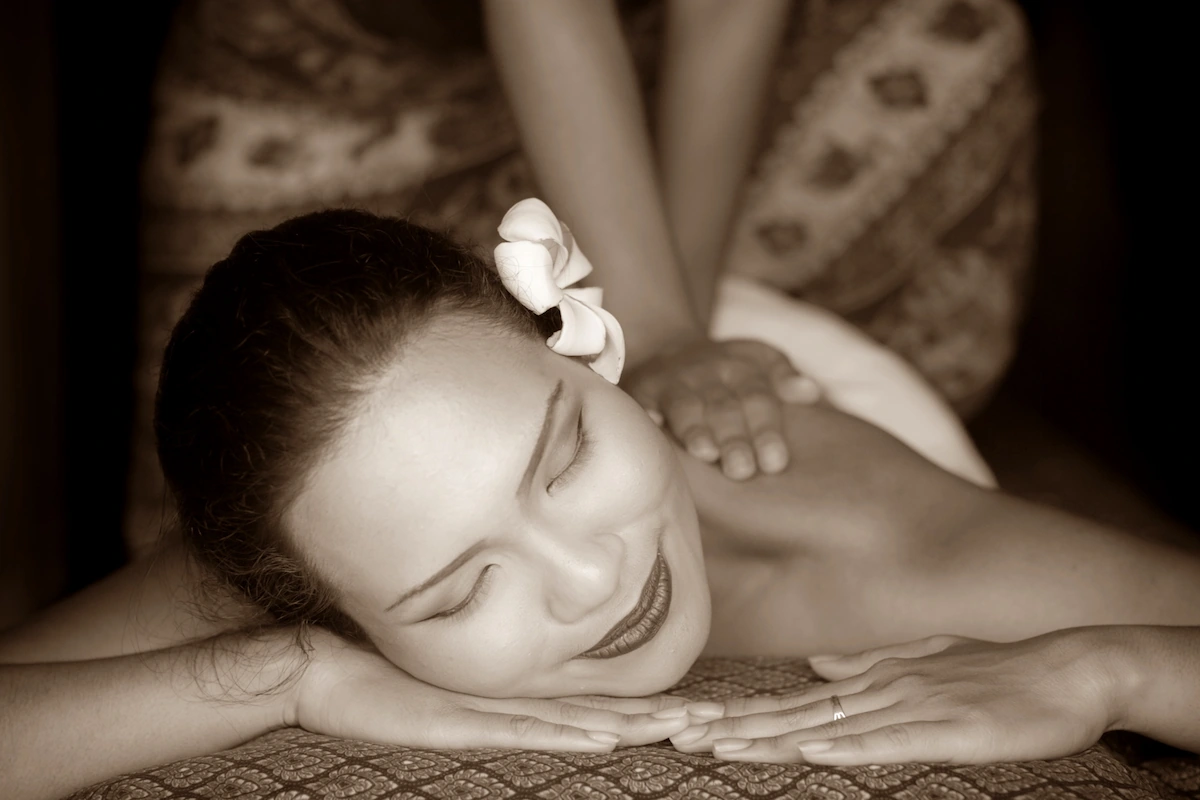
 Billy Bagus
Billy Bagus
 Aug 20, 2025
Aug 20, 2025
